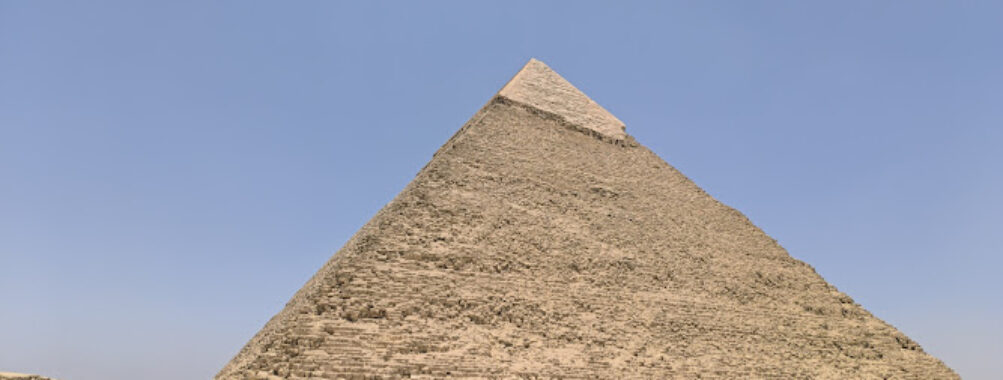
Giza Necropolis
Table of Contents
Location
Places to Stay Near Giza Necropolis"The best thing to do here to enjoy the area, be away from the crowd!"
Find and Book a Tour
Explore More Travel Guides
No reviews found! Be the first to review!
The Giza Necropolis, located on the outskirts of Cairo, Egypt, stands as one of humanity’s most remarkable archaeological sites, home to the iconic pyramids of Khufu, Khafre, and Menkaure, along with the enigmatic Great Sphinx. Dating back over 4,500 years, this UNESCO World Heritage site represents the pinnacle of ancient Egyptian engineering and serves as the only surviving wonder of the ancient world.
Description
Built during Egypt’s Fourth Dynasty (c. 2600-2500 BC), the Giza pyramid complex spans 16,000 hectares on the edge of the Western Desert, approximately 13 kilometers southwest of central Cairo. The site encompasses not only the three great pyramids but also several smaller pyramids, temples, mastaba tombs, and the remains of ancient workers’ villages that housed the thousands of people who constructed these monuments.
The complex showcases the sophisticated understanding of mathematics, astronomy, and engineering possessed by ancient Egyptians. Each pyramid was precisely aligned with cardinal directions and incorporated complex internal chambers and passages. The Great Pyramid of Khufu, originally standing at 146.5 meters, remained the world’s tallest building for over 3,800 years.
Key Features
- The Great Pyramid of Khufu – the largest and oldest pyramid, originally 146.5 meters tall
- Pyramid of Khafre – appearing taller due to its elevated position and intact capstone
- Pyramid of Menkaure – the smallest of the three main pyramids but equally impressive
- The Great Sphinx – a limestone statue with a human head and lion’s body, 73 meters long
- Solar Boat Museum – housing the reconstructed funerary boat of Khufu
- Queens’ pyramids – smaller pyramids built for royal family members
- Ancient causeways connecting pyramids to valley temples
- Panoramic viewpoint offering views of all pyramids together
- Sound and Light Show venue for evening entertainment
Best Time to Visit
The ideal time to experience the Giza Necropolis with fewer crowds is early morning (8:00-10:00 AM) when the site opens and temperatures are cooler. Late afternoon visits (3:00-5:00 PM) offer excellent lighting for photography and cooler conditions for exploration. Winter months (October-March) provide the most comfortable weather, while summer visits require early morning starts to avoid extreme heat. The site is less crowded on weekdays compared to weekends and holidays.
How to Get There
The Giza Necropolis is accessible from central Cairo by taxi (45-60 minutes depending on traffic), Uber, or organized tour. The Giza Metro station on Line 2 provides public transport access, followed by a local bus or taxi to the pyramids. Many hotels offer shuttle services, and tour companies provide comprehensive packages including transportation, guides, and entrance tickets. Traffic between Cairo and Giza can be heavy, so early departures are recommended.
Tips for Visiting
- Arrive early (8:00 AM) to beat crowds and heat – the experience is much more peaceful
- Bring sun protection, comfortable walking shoes, and plenty of water
- Purchase tickets online in advance for pyramid interiors to guarantee entry
- Hire a licensed guide for historical context and to navigate the site efficiently
- Allow 4-6 hours for a comprehensive visit including pyramid interiors
- The panoramic viewpoint offers the best photo opportunities of all three pyramids
- Be prepared for persistent vendors – polite but firm refusals work best
- Consider staying at a hotel with pyramid views for a magical sunrise or sunset experience
- Respect photography restrictions inside pyramids and around certain areas
- Combine your visit with the nearby Solar Boat Museum for a complete experience